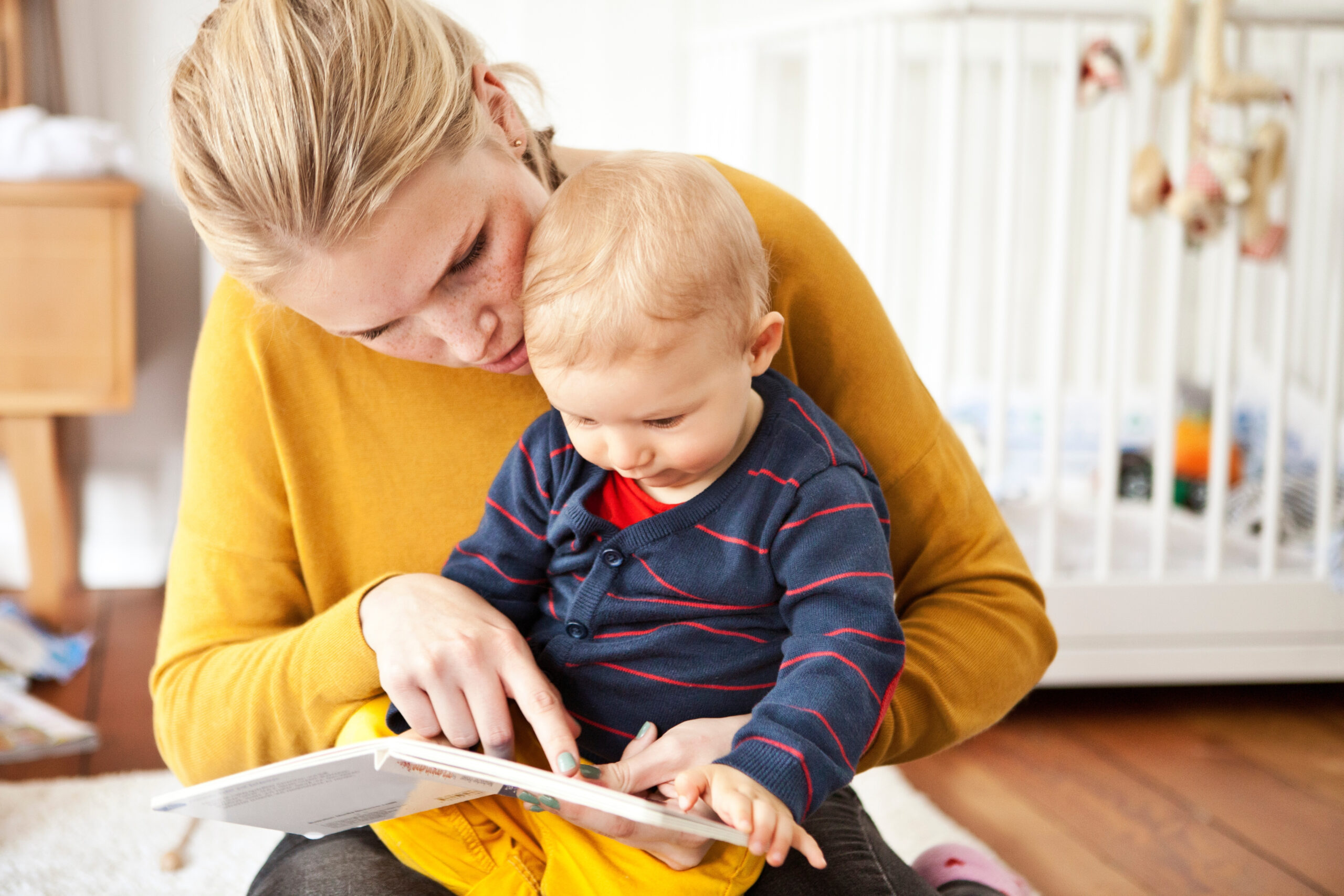
Babies are born with the innate ability to learn language. From the moment they are born, they begin to absorb the sounds and rhythms of the language or languages spoken around them. In this blog post, we will explore the process of how babies learn to speak, including the milestones they typically reach and the key factors that influence their language development.
One of the most important factors in a baby’s language development is exposure to language. The more a baby is exposed to a language, the more they will learn about its sounds, rhythms, and structure. This is why it is essential for parents to talk to their babies from an early age, even if the baby is not yet able to respond. They also can be exposed to music and songs which can help to develop their listening skills and prepare them for language learning.
The first stage of language development in babies is prelinguistic, which begins at birth and lasts until around 12 months of age. During this stage, babies begin to make cooing and babbling sounds, which are their first attempts at imitating the sounds of speech. They also begin to develop their ability to perceive different sounds and distinguish between them.
Around 6-8 months, babies will start to babble, which is a type of speech-like vocalization that includes repetitive sounds, such as “bababa” or “mamama.” This is an important milestone in language development as it indicates that a baby is beginning to understand that speech is made up of individual sounds. They also begin to develop their ability to match the sounds they hear with the corresponding facial expressions, body movements, and gestures.
At around 9-12 months, babies will begin to use their first words. These words are usually simple and may include “mama” or “dada” and other nouns such as “dog” or “ball.” At this stage, babies will start to develop their ability to understand simple commands and respond to them. They will also start to understand simple questions and respond with gestures or sounds.
Around 18 months, babies will start to develop their vocabulary and will begin to use two-word phrases, such as “Daddy go” or “juice drink.” They will also start to develop their ability to use language for different purposes, such as requesting, commenting, and refusing. They will be able to understand more complex sentences and will start to ask simple questions.
Around 2-3 years, children will start to develop their ability to use language for more complex purposes, such as giving explanations and telling stories. They will also start to use more advanced grammar, such as adding suffixes and using plural forms. They will be able to understand and follow more complex instructions and will be able to ask more complex questions.
It’s important to note that every child is different, and so the pace of their language development may vary. However, most children will reach these milestones within the general timeframe outlined above.
There are also several key factors that can influence a baby’s language development. One of the most important is parent involvement. Parents who actively engage with their babies, talking to them and responding to their vocalizations, can greatly enhance their language development. It is also important for parents to provide a rich language environment, by reading to their babies, singing songs, and engaging in other activities that expose them to language.
Another important factor is the child’s overall development. Children who have delays in their physical or cognitive development may also have delays in their language development. This is why it is important for parents to seek professional help if they have concerns about their child’s language development.
In conclusion, babies are born with the innate ability to learn language, and the process of learning to speak is a gradual